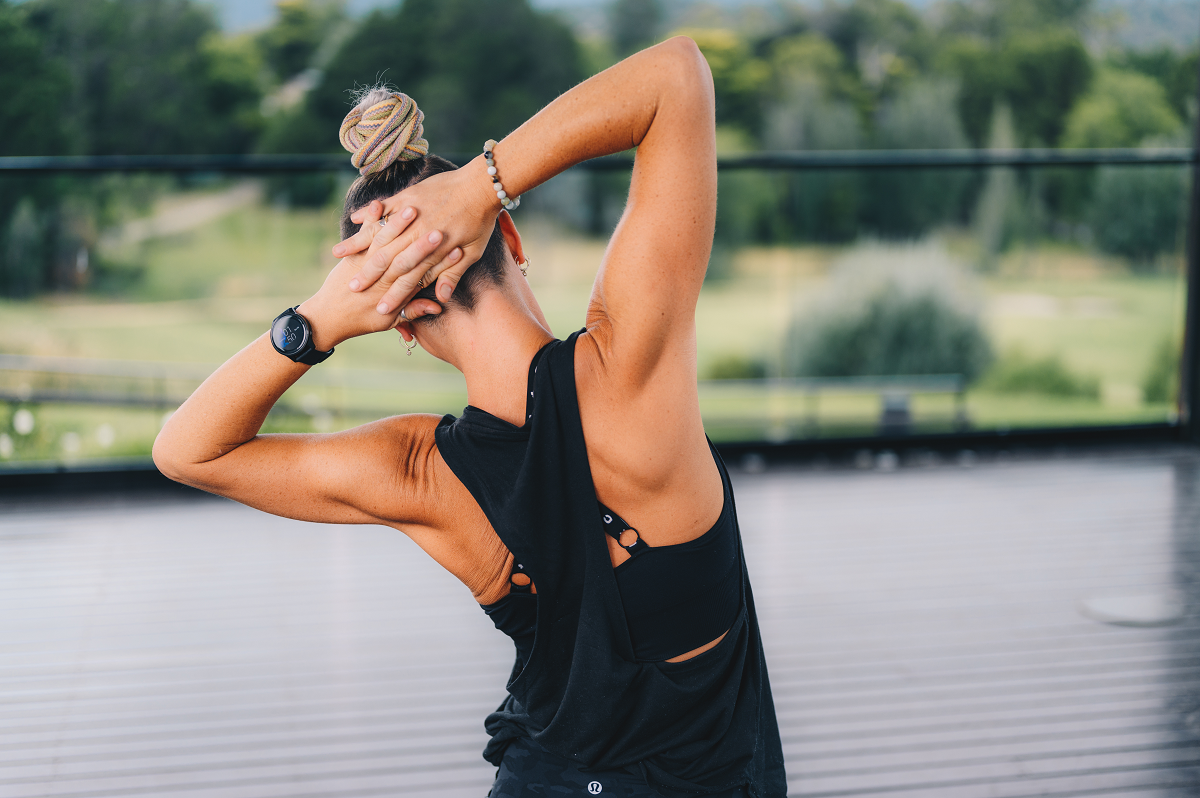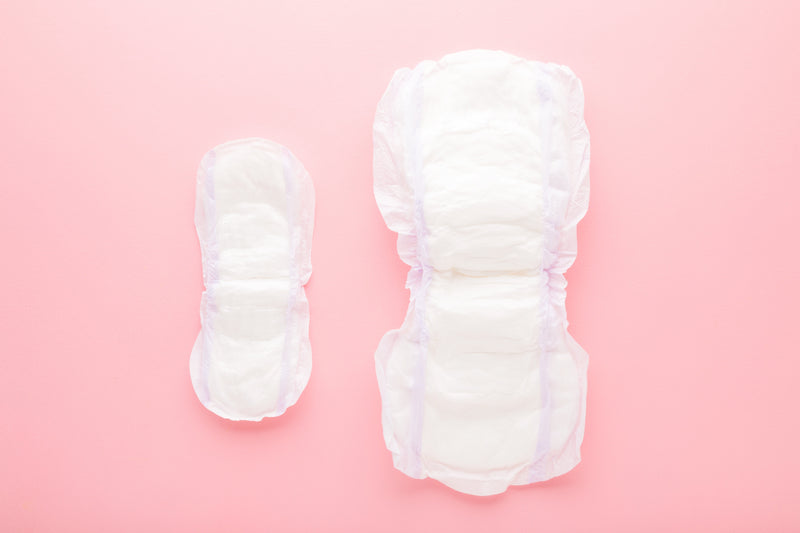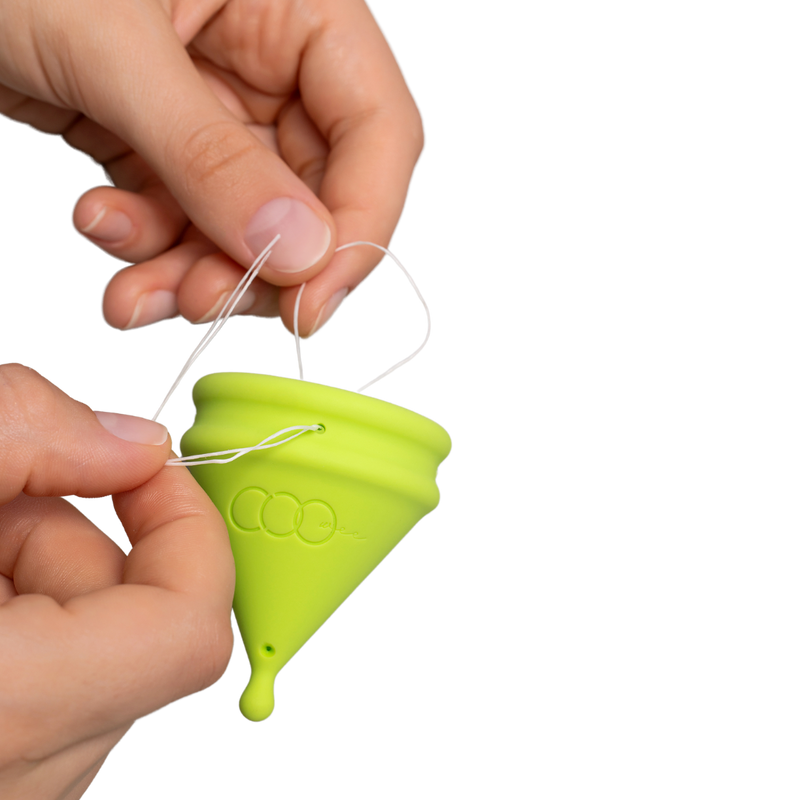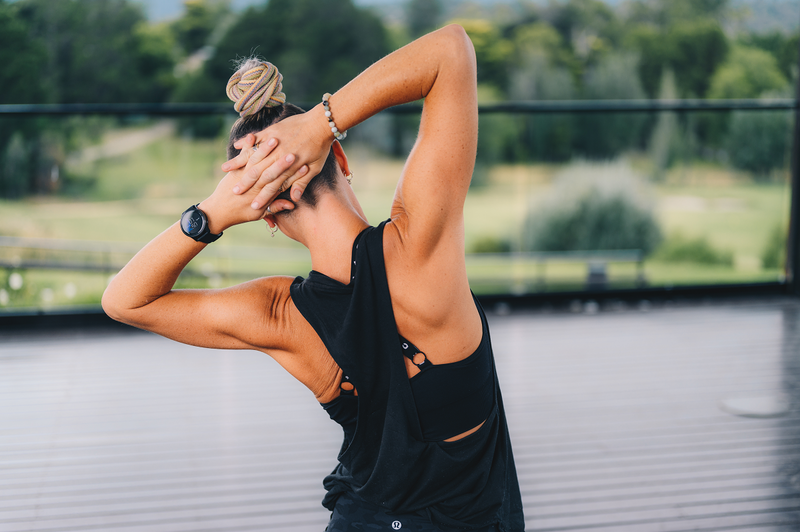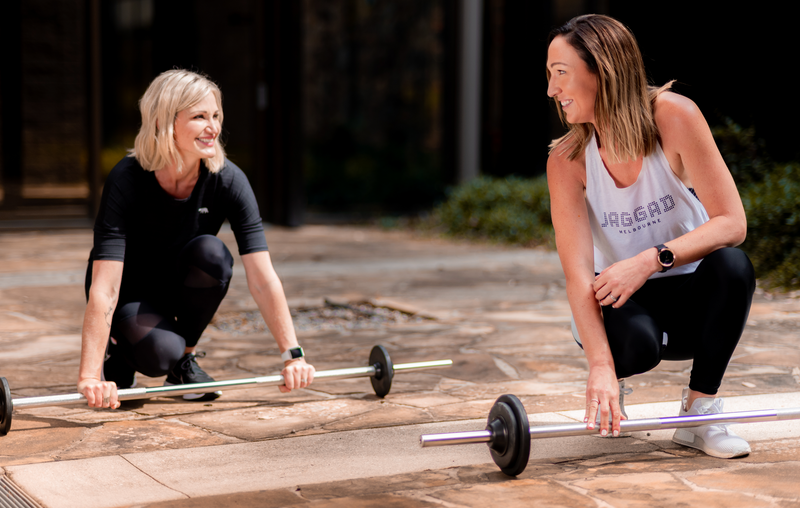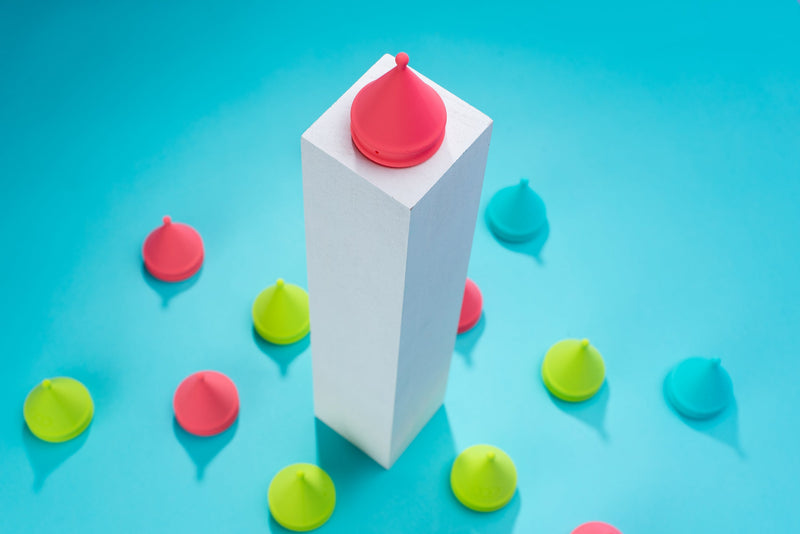The pelvic floor muscles comprises of a group of muscles, three layers to be exact, along with tendons and ligaments that sit at the base of the pelvis. These muscles support your bladder, urethra, vagina, womb, large intestine, rectum and anus.
What are the Functions of Pelvic Floor Muscles?
If the pelvic floor muscles are firm and healthy, the pelvic organs are supported, and following issues can be avoided:
- Incontinence- It refers to the inability to control one's urine or stool voluntarily
- Prolapse- A prolapse occurs when pelvic organs such as the uterus, bladder or rectum push into the vaginal space due to weakened support of pelvic floor muscles

What factors weakens the Pelvic Floor Muscles?
Pelvic Muscle Weakness doesn’t happen in a day, and it occurs due to strain sustained over time, due to the following factors:
- Obesity: Being overweight strains the pelvic floor muscles
- Pregnancy: bearing the uterus' weight when pregnant. Vaginal delivery, which might put too much strain on the pelvic muscles
- Menopause: The onset of Menopause can weaken Pelvic Floor muscle due to a decrease in Oestrogen levels
- Chronic Constipation: The pelvic floor muscles weaken as a consequence of strain from constipation
- Heavy Weight Lifting: Since an athlete is consistently attempting to move heavy loads at strenuous levels, weightlifting poses a risk for pelvic floor dysfunction
- Urine leaks and bowel control issues are common in people with brain and nerve illnesses
How can I strengthen my Pelvic Floor Muscles?
To avoid weakness or enhance strength, it is advised that all women train their pelvic floor muscles daily. Weak muscles can be strengthened and inproved function with consistent Pelvic Floor Exercises, also called Kegel Exercises. Walking regularly can assist in strengthening the muscles in your pelvic floor. You can practice Pelvic Muscle Strengthening Exercises while sitting or lying down. You can do them while working at a desk, eating, driving, relaxing or watching television.
The First Step is to Find The Right Muscles
It is crucial to find the right muscles to tighten. The most common mistake that most individuals make is exercising the wrong muscles. Many people tense other muscles while trying to identify a new muscle, particularly a weak one. This Doesn't Help!
The Pelvic Floor Exercises typically involve acting as if you have to urinate and then holding it. You alternately tense and release the muscles that control urination. Start to urinate the next time you need to, and then stop. Feel the muscles in your bladder, anus, or vagina (for females) tighten and move up. These muscles make up the pelvic floor. You have correctly completed the workout if you feel them tighten. The muscles of your abdomen, thighs, chest and buttocks should remain relaxed.
How do I do the Pelvic Floor Exercises/ Kegel Exercises?
Once you have identified the right muscle, do the following steps at least three times a day:
- Sit or lie down after making sure your bladder is empty
- Squeeze your pelvic floor muscles. Hold firmly for 3 to 5 seconds
- Count from 3 to 5 seconds while relaxing your muscles
- Repeat the above process 10 times, 3 times a day (morning, afternoon and night)
You will feel better and experience fewer symptoms after 4 to 6 weeks. Continue your exercise regimen but don't overdo it. If you overdo it, you may have straining during urinating or bowel movements.

Does exercising the pelvic floor muscles eliminate the signs and symptoms of incontinence?
The answer is “No”. The study showed that strengthening the pelvic floor muscles might lessen incontinence symptoms but not completely eradicate them.
Sara’s Story of Winning Over Incontinence
Sara is founder and creator of Coo-Wee, the first ‘off the shelf personal urinary incontinence device for women. Sara always wanted to live an active lifestyle, but the only barrier she used to face was the problem of Incontinence. Getting Freedom from Incontinence had been a long journey for her. Through this Blog, she wants other women to benefit and not struggle as much as she did.
At first, Sara consulted her GP who prescribed her tablets to take before playing sport. This did not seem feasible because of the following reasons:
- There were too many side effects of the medicine that she started facing, like dry mouth, upset stomach, dry skin and many more.
- She would still leak every time she would cough, sneeze or laugh out loud. Taking medicine before every such event was just not practically possible.
- Sara also tried using Incontinence Pads and Undies but ended up being disappointed because:
- The pads are thin and composed of lightweight materials, they can fold and slide out of place.
- The underpad may not be in the proper position to prevent leaking and folds may cause irritated skin.
- The pads are not environment friendly
Did you know...If moisture from urine or stool is chronically in contact with the skin, it leads to IAD i.e. Incontinence-Associated Dermatitis. It is also commonly known as “Diaper Rash”.
If you are using absorbent products like briefs or disposable underwear, they will be suitable for your skin only if they are changed regularly.
After this, one Sara’s close friend guided her to a Physiotherapist who suggested she do Pelvic Floor Exercises to strengthen her pelvic muscles. She did try doing the exercises, and she found them somewhat effective as well, but it still didn’t seem like the complete solution. She found it hard to allocate time daily for the exercises from her busy schedule. Due to inconsistency, she could not get anywhere and ended up being frustrated. The exercises needed to be practised for a long period to get results, and she was looking for something immediate.
These frustrations gave birth to Coo-Wee!
Sara then realised that “1 in every 4 women” suffers from Incontinence. She thought of taking this matter into her own hands, and after years of research with a panel of medical experts, she designed Coo-Wee.
Coo-Wee is the most innovative and sustainable solution for women who experience urinary incontinence. Similar to how a sports bra supports your bust, it exerts appropriate pressure internally to support your urethra and bladder. It resembles a little period cup, but it stops liquids rather than collecting them. Available in three sizes, it's suitable for women doing all sorts of activities, from light to heavy. You can experience up to 12 leak-free hours. Simply take it out, clean it, and it will be ready to help you through your following busy day or take on the next adventure.
Finally, Sara got freedom from Incontinence and could live an active lifestyle as she desired.
Sara suggests to all the women suffering from Urinary Incontinence, “Pelvic Floor Exercises are definitely good for long-term benefit, but if you are looking for something immediate, pocket-friendly and environment friendly, then Coo-Wee is the smart choice”. Coo-Wee, Urinary Incontinence Device, and practising Pelvic Floor Exercises together are great!
